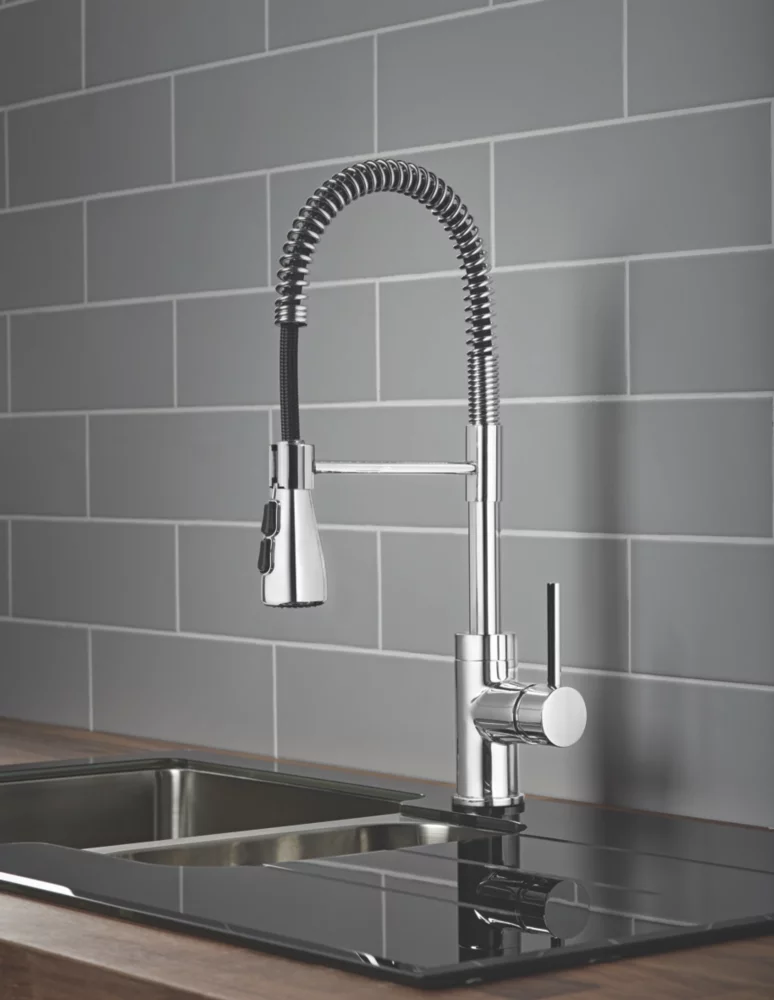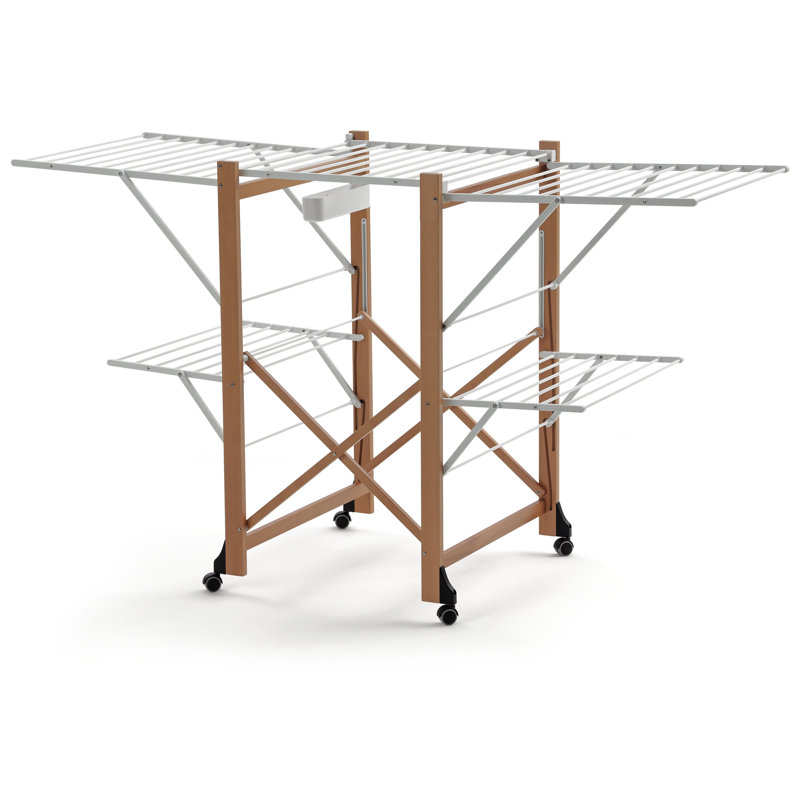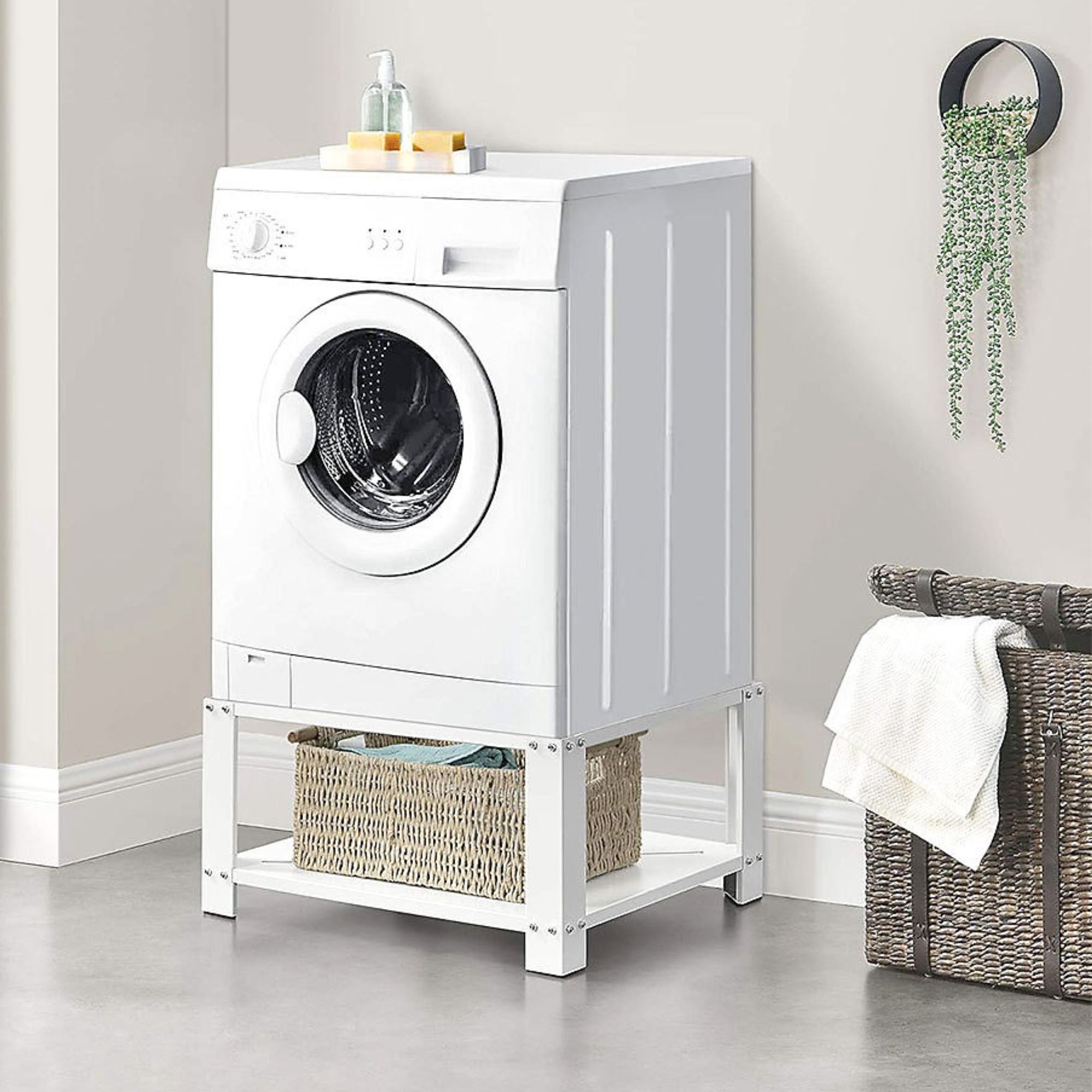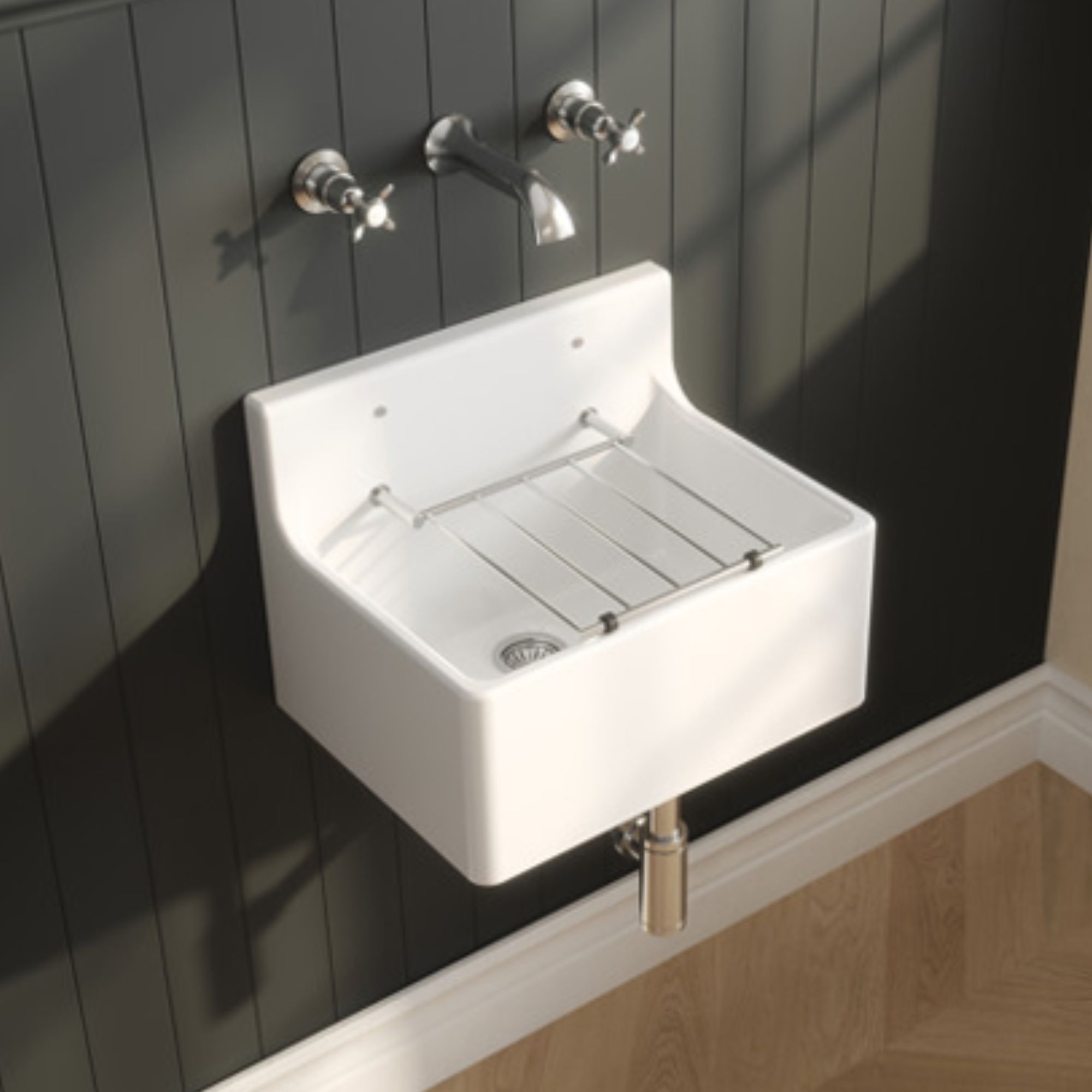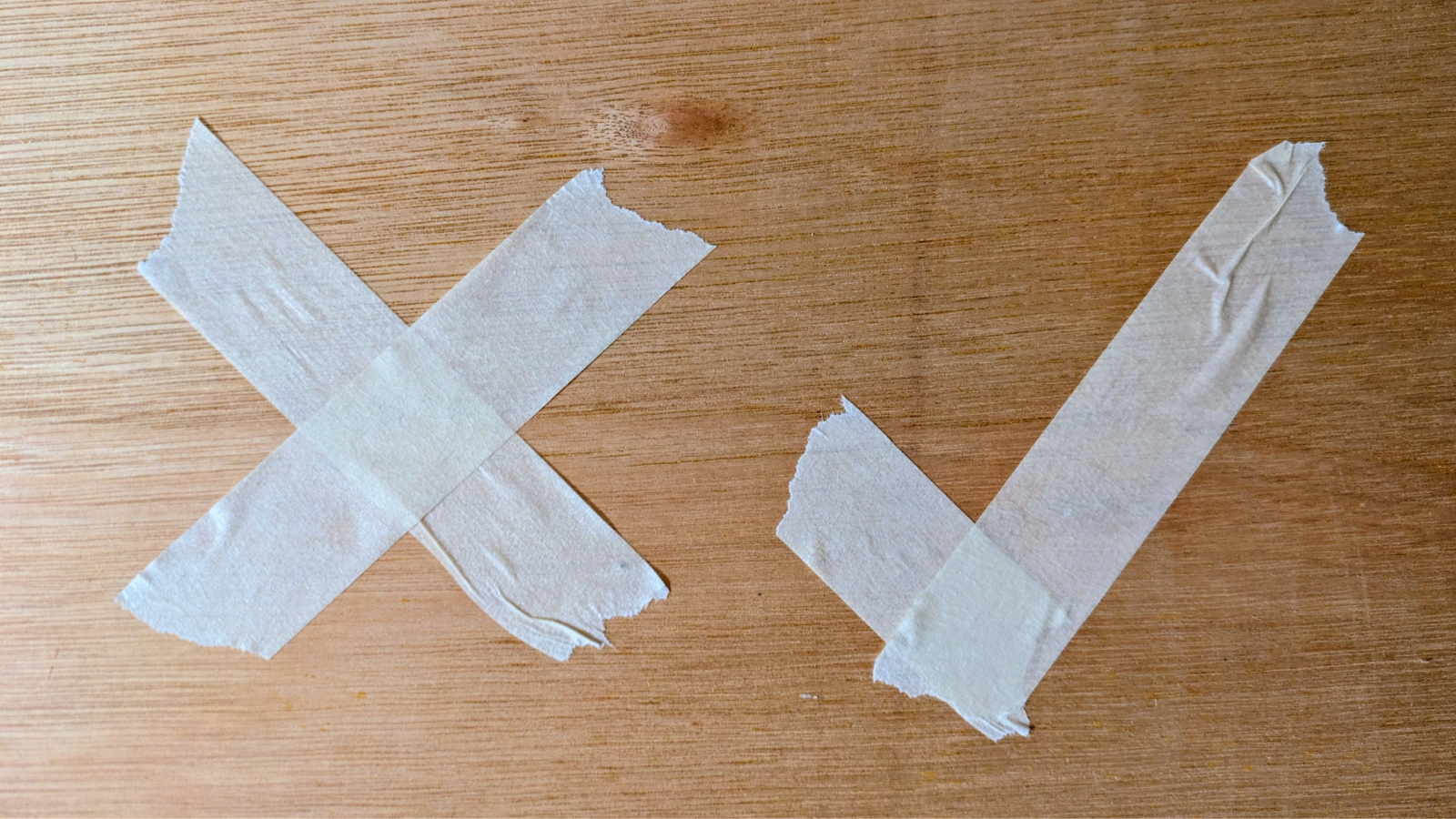What to include in a utility room — plus the clever extras designers swear by
Experts reveal the must-have appliances, layout tips and clever extras to help you get the most out of your utility room
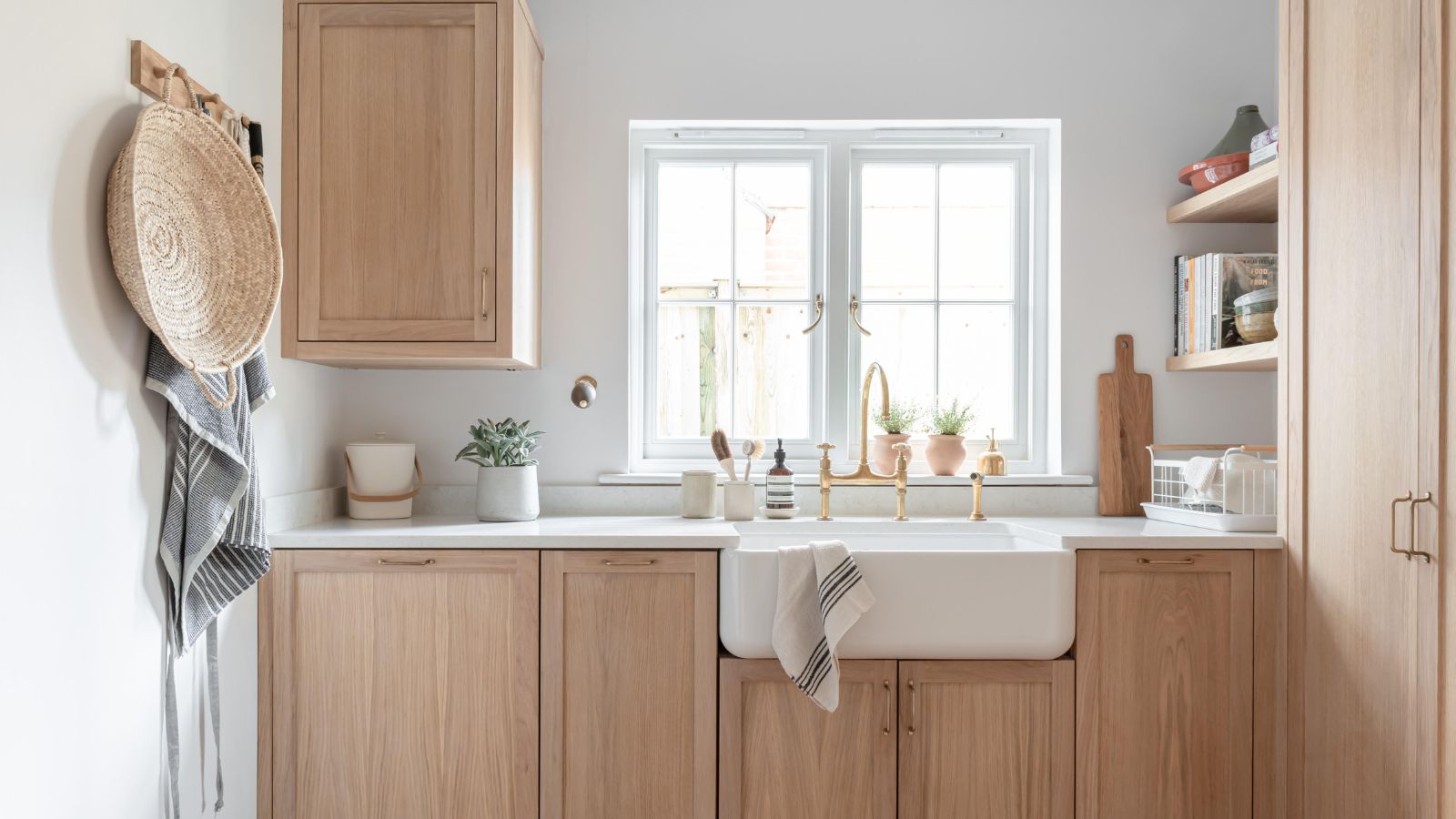
Not so long ago, the utility room was little more than an afterthought – a glorified cupboard where noisy appliances went to hide. But times have changed, and today these utilitarian spaces are being reimagined as multi-functional hubs that help keep the rest of the home running smoothly (and looking tidy in the process).
Whether you’ve got a generous floorplan or a compact corner to work with, knowing what goes in a utility room – and how to make it work harder – can transform your daily routine. From laundry essentials to clever extras you might not have considered, we asked kitchen design experts to share their tips for creating a space that’s practical, stylish, and tailored to your lifestyle.
What's in a utility room: The importance of these spaces
As Martyn Wigginton, Design Manager at Kitchen Architecture, explains, a well-planned utility room can be a cornerstone of a well-organised household:
“Any homeowner who’s dealt with a trail of muddy pawprints across freshly mopped floors, wrestled with overflowing laundry baskets, or tried to hide the chaos of everyday life behind closed cupboard doors knows this truth: the utility room is the quiet powerhouse of a well-functioning home. It becomes the designated zone for things like laundry, muddy boots, wet coats, recycling and cleaning supplies. Instead of letting those items take over your living spaces, a utility room offers a place to tuck them neatly out of sight."

Martyn Wigginton is Design Manager at Kitchen Architecture, the UK's largest independent designer of bulthaup kitchens, where he specialises in creating beautifully functional spaces that enhance everyday living.
What Every Utility Room Needs: The Essentials
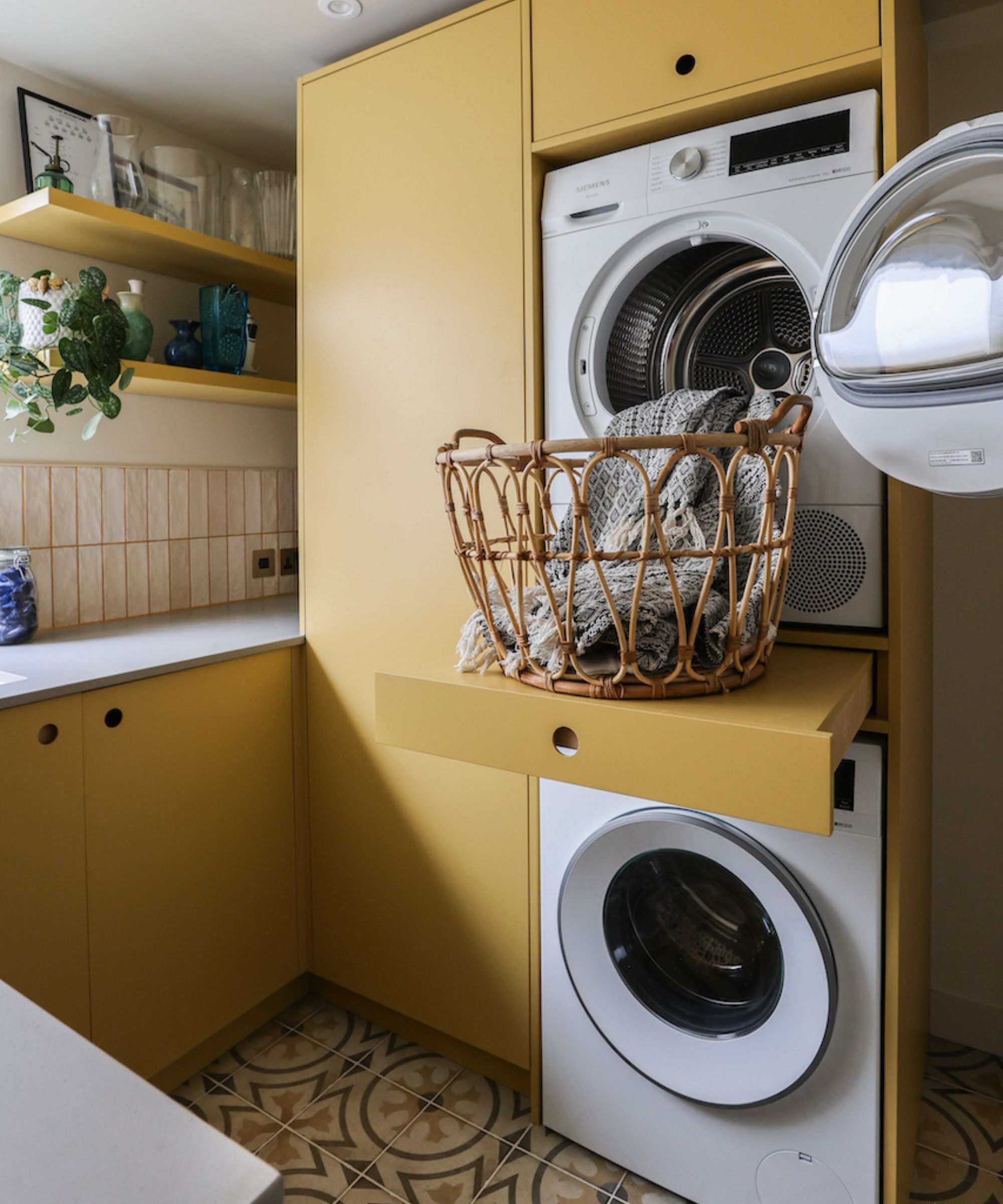
A utility room might not grab headlines like an open-plan kitchen or a statement bathroom, but ask anyone who has one and they’ll tell you – these are the spaces that keep the rest of the house in check.
So, what earns a place in a well-stocked utility? We asked kitchen and boot room designers to share the must-have features every utility room needs to pull its weight.
A washer and a dryer (side-by-side or stacked)
Always start with the basics: a washer and dryer. These hardworking appliances take care of daily laundry while keeping noise and clutter out of the kitchen. Placing them in a utility room creates a dedicated zone for sorting, washing and drying.
Bring your dream home to life with expert advice, how to guides and design inspiration. Sign up for our newsletter and get two free tickets to a Homebuilding & Renovating Show near you.
According to Sophie Lane, product training manager at Miele GB, if you’re short on room “washing machines and tumble dryers can be stacked on top of each other to save space, enabling them to be located in compact spaces or cupboards.”
Molly Chandler, designer at Willis & Stone suggests going one step further and enclosing stacked machines within an open-fronted cupboard. “Not only does this utilise the full height of the room,” she explains, “it also allows for easy access and a smoother workflow.”
Whether you go for stacked or side-by-side, the key is planning for a utility room layout that supports how you actually use the space.
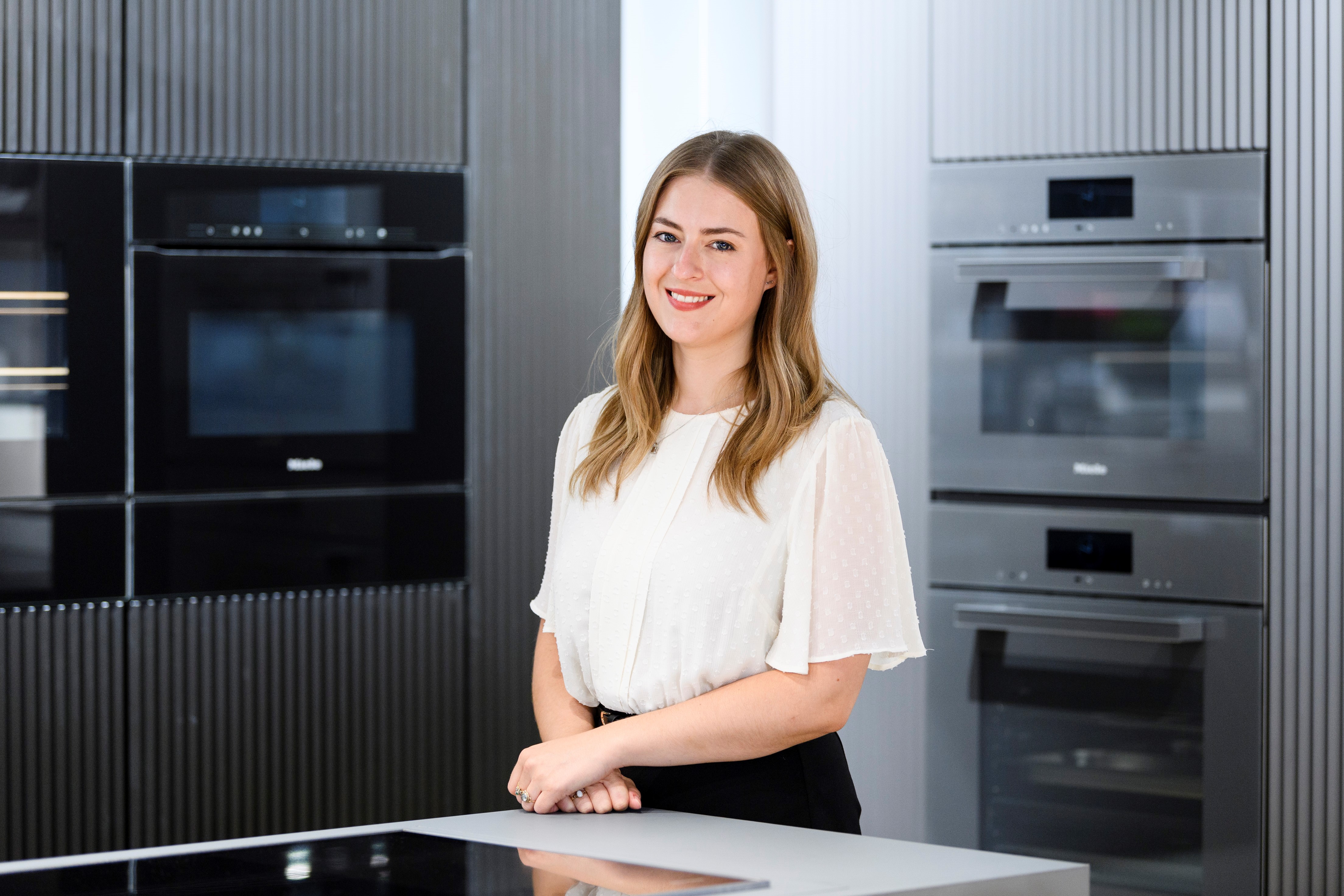
Sophie Lane is Product Training Manager at Miele GB, specialising in premium appliance performance, with a focus on energy efficiency, innovation, and quiet operation.

Molly Chandler is a designer with a wealth of experience in creating quality kitchens to suit a wide variety of customer needs. From initial idea through to completed design, Molly understands just how to make a kitchen perform both an aesthetic and practical level.
Countertop space for sorting and folding
A countertop might not seem essential at first glance, but it’s one of the most useful features you can add to your utility room. Having a dedicated surface for sorting laundry, folding clothes, or placing baskets helps prevent piles of dirty clothes from creeping into the kitchen or bedroom.
Martyn Wigginton at Kitchen Architecture notes that “plenty of countertop space provides a handy surface for folding laundry or sorting washing,” and it's especially helpful if your washer and dryer are side by side, creating a natural spot for a counter to run above.
Even in smaller spaces, a compact stretch of worktop can make a big difference, so consider installing a pull-out surface or a fold-down table that can be tucked away when not in use.
A deep, durable utility sink
A deep utility sink is one of the most practical additions to any utility room, as it’s ideal for soaking stained clothes or rinsing off gardening tools. Helen Parker, creative director at deVOL Kitchens always recommends “spending money on a great big sink with good strong taps and space for a watering can.”
She even suggests choosing robust materials like stone or marble: “Although it may not stay perfect, it will be perfect – just because it’s happy to be knocked and stained and marked.”
When it comes to taps, think about how you’ll use the space. Nigel Palmer, head of communications marketing at House of Rohl suggests “a mixer tap with a wide lever – that you can easily operate with an elbow when your hands are full – and a built-in pull-down rinse.”
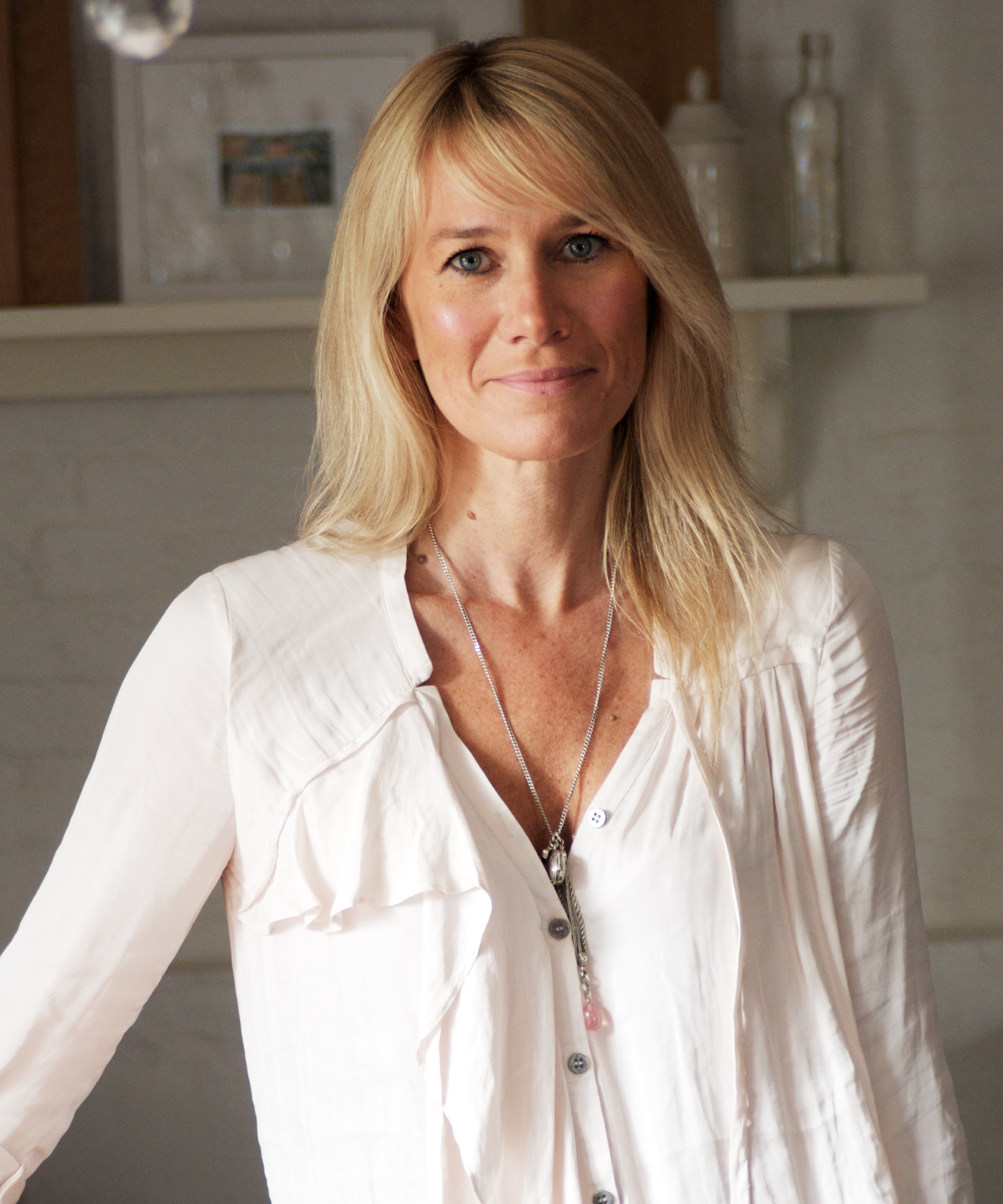
Helen Parker, Creative Director at deVOL Kitchens, is the visionary behind the brand's timeless aesthetic, award-winning designs, and iconic pieces like the Sebastian Cox Kitchen and the Curiosity Cupboard.

Nigel Palmer is Head of Communications Marketing at House of Rohl, with expertise in luxury kitchen and bathroom design, branding and craftsmanship.
Built-in storage and shelving for everyday essentials
Good utility room storage is what transforms these rooms from a dumping ground into a genuinely useful space. Helen Parker at deVOL Kitchens, is a champion of using fitted furniture to maximise small or awkward spaces:
“Fitted furniture works perfectly anywhere… a utility room, a linen cupboard on the landing or a cloakroom in the hall,” she explains. “It allows you to make full use of alcoves, sides of chimney breasts, and long hallways, allowing you the freedom to keep your house uncluttered and simply furnished.”
Open-fronted cupboards or utility room shelving can also work well, especially in narrow utility rooms where you want to avoid the visual bulk of too many doors. According to Michael Rolland, managing director at The Paint Shed, this style not only makes things easier to grab but “encourages you to stay organised – while also offering a cosy glimpse into family life.”

Michael Rolland is a painting expert and Managing Director of The Paint Shed. Michael has years of experience within the painting industry, using this expertise to influence his own DIY projects using the best possible tools and materials.
Some form of ventilation
It’s not glamorous, but it is essential. Without proper ventilation, your utility room can quickly get humid, leading to steamed-up walls, musty fabrics and an ever-present dampness. A small window, discreet vent or utility extractor fan can make all the difference.
Sophie Lane at Miele GB points out that good airflow not only protects your space from mould and moisture but also helps keep laundry noise and humidity from spilling into the rest of the home.
Beyond the Basics: Clever Extras to Include
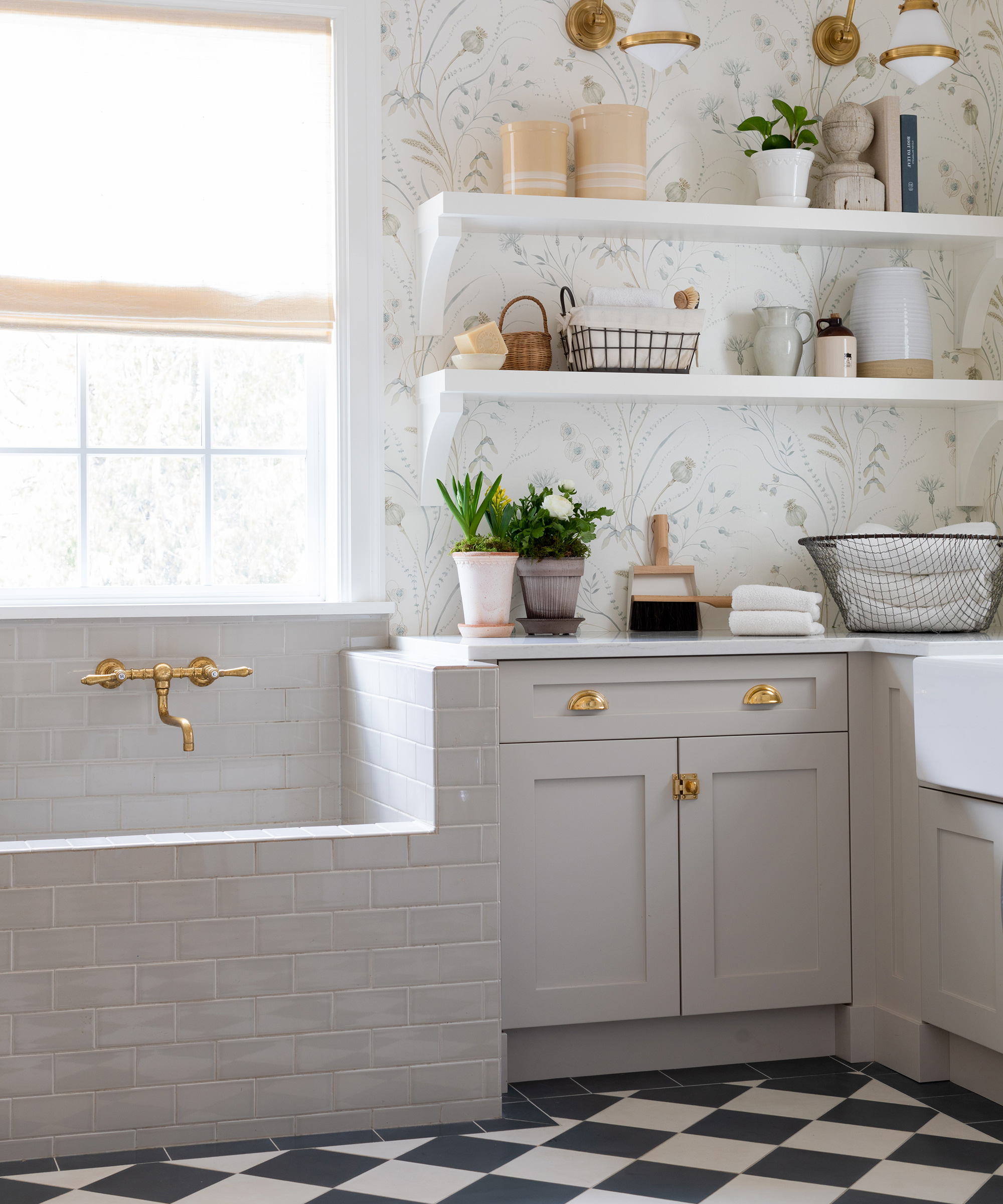
Once you’ve got your washer, dryer and sink in place, there are a few clever utility room additions that can take your space to the next level.
Drying rails and ceiling-mounted racks
When the tumble dryer isn’t an option, or you just want to air out your favourite knitwear, an overhead drying rail can be the perfect solution. If you have enough ceiling space, Martyn Wigginton recommends making use of this with hanging rails that are perfect for drip-drying delicates or giving freshly ironed shirts somewhere to land. This Garden Trading Ceiling Rack from John Lewis is ideal for drying laundry indoors in style.
Pet washing stations
“If you are a dog lover, then your utility room should have its very own dog shower," says Grazzie Wilson, head of creative at Ca’ Pietra. These pet friendly home additions aren't just "regular human showers that moonlight as a place to wash your family pet. They're a dedicated, canine-sized bathing area worth of a five-star dog spa."
Look for low-level trays or raised platforms that save your back when planning a dog shower in a utility room, along with splash-proof surfaces and a handheld shower attachment. Add hooks for leads and towels, and you’ll have a mess-free dog washing station idea that makes muddy walkies far less stressful.

Grazzie has worked in the interiors industry for more than a decade. At Ca’ Pietra, one of the UK’s leading stone and tile brands, she heads up creative, overseeing product collections as well as the company’s distinctive brand, look and feel.
Design Ideas and Utility Room Layout Tricks
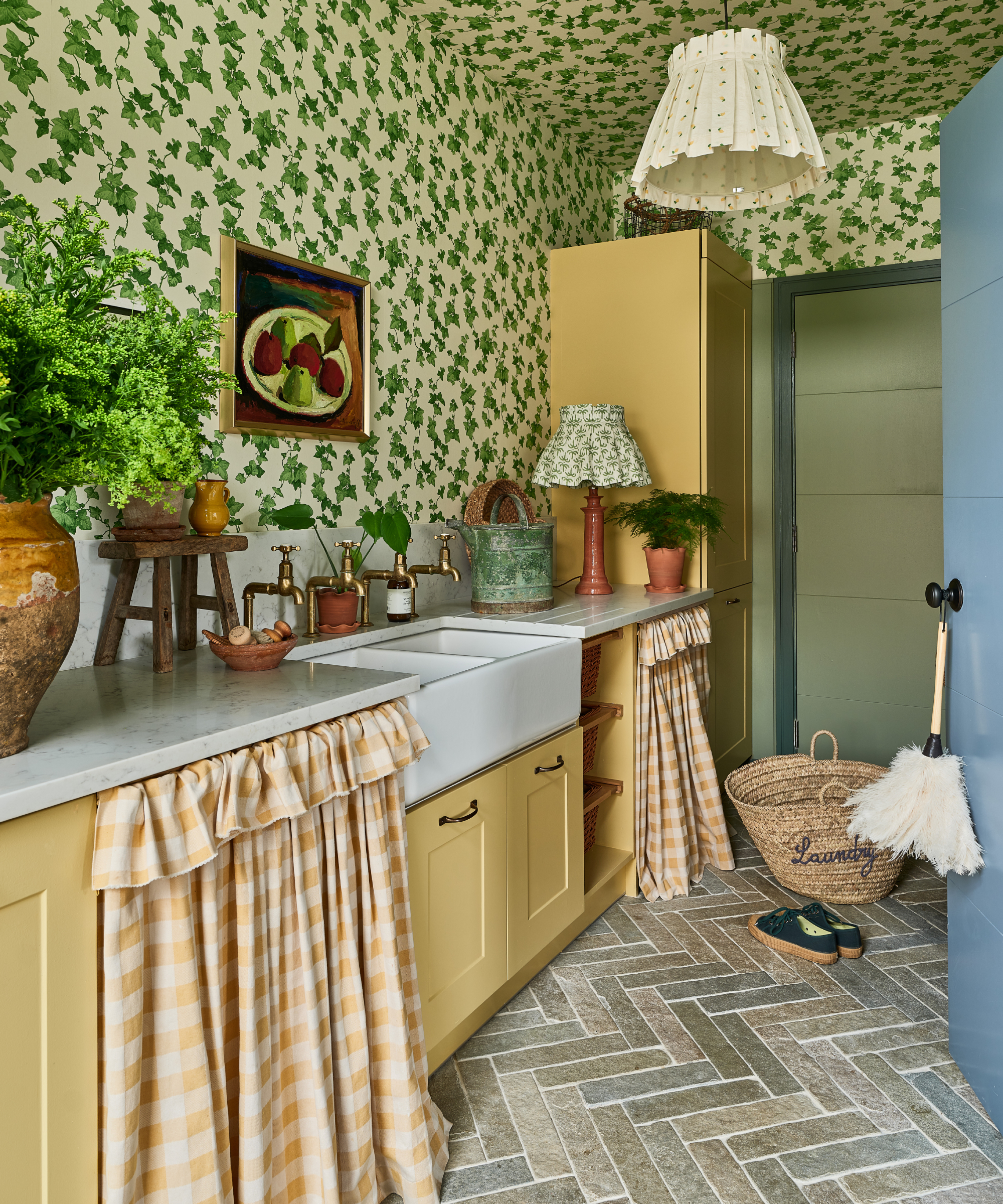
Utility rooms should look good, but only if they work hard first. That’s why the best design choices balance practicality with quiet style.
Michael Rolland at The Paint Shed, recommends avoiding white in utility rooms. “These are high-traffic areas,” he says, “and white shows stains far too easily.” Instead, go for forgiving tones like sage green, light blue or dusky purple, which keep the room feeling clean and calm without constant upkeep. He also champions painted cabinetry and panelling as a simple way to add texture and personality. “Panelling works brilliantly in utility rooms,” he explains. “It introduces new textures, designs, and a chance to add a bit of personal style.”
Helen Parker at deVOL, agrees that style should never get in the way of function. “A utility room is a perfect place to mix humble style, cool simplicity and proper function,” she says. Her advice? Hide white goods behind closed doors or choose robust, industrial-style appliances that are built to be used. As for decoration, keep it authentic.
“There is no need for decoration in a utility unless it’s useful,” Helen adds. “Don’t put up pictures or carefully place ornaments – just let the room and what you use it for dictate its decoration. If you are a gardener, nothing is prettier than packets of seeds, handwritten in brown envelopes with a little twine around them. The idea, however, of doing this for display is wrong, it has to be authentic”
Shop utility room essentials
If you’re short on space but big on ambition, these small utility room ideas prove you don’t need square footage to create a seriously functional laundry or boot room.

Gabriella is an interiors journalist and has a wealth of experience creating interiors and renovation content. She was Homebuilding & Renovating's former Assistant Editor as well as the former Head of Solved at sister brand Homes & Gardens, where she wrote and edited content addressing key renovation, DIY and interior questions.
She’s spent the past decade crafting copy for interiors publications, award-winning architects, and leading UK homeware brands. She also served as the Content Manager for the ethical homeware brand Nkuku.
Gabriella is a DIY enthusiast and a lover of all things interior design. She has a particular passion for historic buildings and listed properties, and she is currently in the process of renovating a Grade II-listed Victorian coach house in the West Country.
